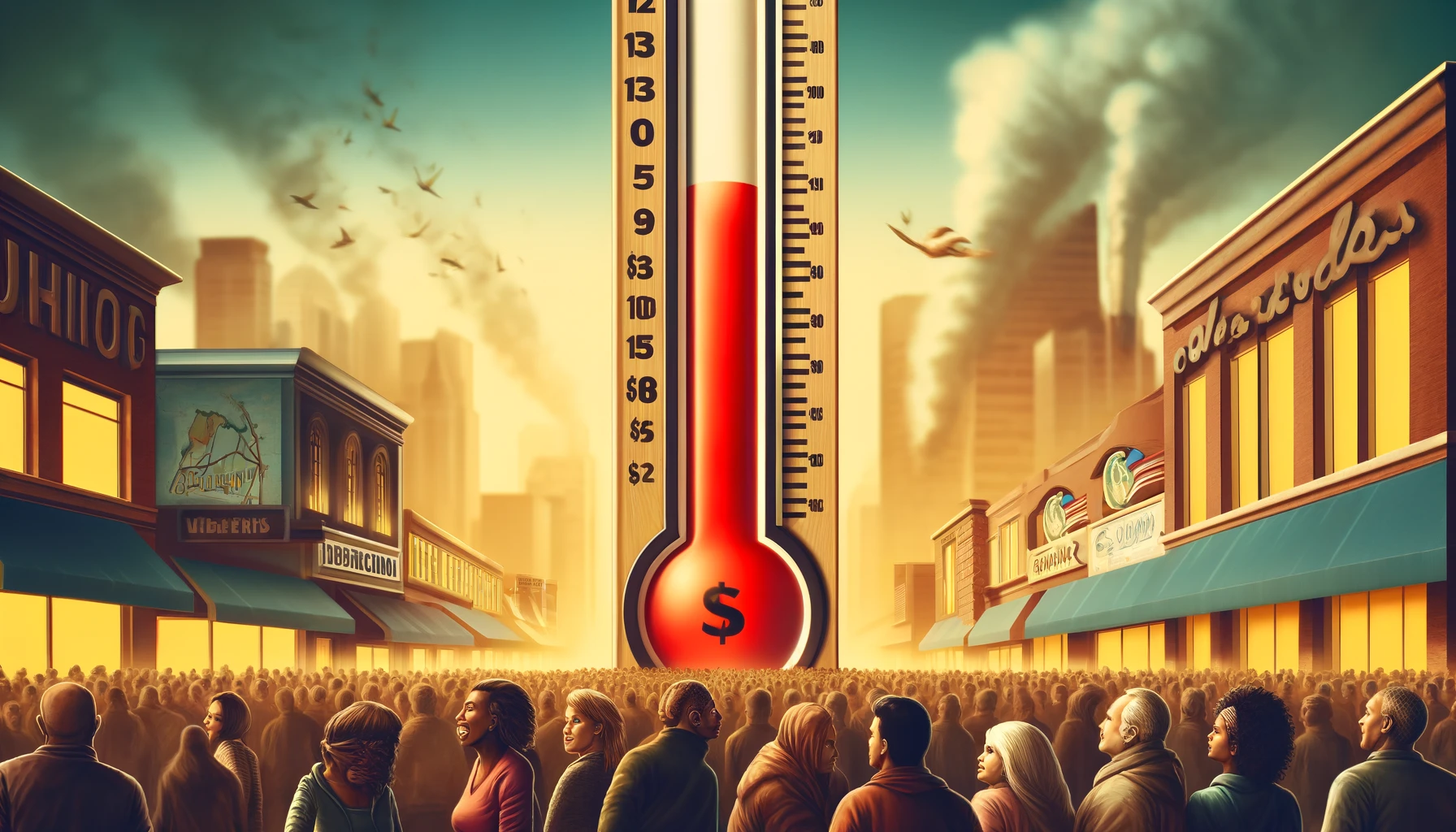The U.S. economy is hitting a rough patch, and consumers are feeling the heat. With rising inflation expectations and a less optimistic view of the job market, U.S. consumers’ confidence is waning, signaling potential challenges ahead for economic stability.
Unsettled Expectations and Spending Sentiments
Recent data from the University of Michigan unveils a troubling decline in consumer sentiment, marking a significant dip to 67.4 this May from a previous 77.2. This figure, alarmingly lower than anticipated by economists, shows a growing unease among U.S. consumers about the near-term financial outlook. Inflation, always a silent thief in economic scenarios, is expected to escalate, with consumers foreseeing a 3.5% rise over the next year—up from 3.2% just a month ago. Long-term expectations are also up slightly, suggesting a sustained period of price increases.

As costs are anticipated to climb, the ripple effects touch various aspects of consumer behavior. The report indicates a sharp decrease in the buying conditions for durable goods, with financial commitments becoming more burdensome due to the expected rise in interest rates. This shift in sentiment reflects across various demographics, affecting all age groups, income brackets, and education levels, pointing to a pervasive concern that transcends societal divisions.
Market Reactions and Economic Indicators
The broader economic indicators aren’t painting a rosy picture either. The core Personal Consumption Expenditures (PCE) index, a measure closely monitored by the Federal Reserve for signs of inflation, has risen at an annualized rate of 4.4% through the initial months of this year. This trend contrasts with the Fed’s target of 2%, indicating a tougher battle ahead in curbing inflation than previously expected.
Additionally, the job market, which has been a pillar of economic growth, shows signs of strain. Recent figures reveal an uptick in jobless claims, reaching heights not seen since last August, coupled with disappointing manufacturing data. These developments contribute to a guarded outlook on the economy, as echoed by Federal Reserve Chair Jerome Powell, who recently hinted at the ongoing challenges in steering inflation back to target levels.
With pivotal economic reports on consumer spending and inflation on the horizon, all eyes will be on the forthcoming data to gauge the potential impact on future monetary policy. The interplay between consumer sentiment and real economic activity will be critical in determining the path forward for the U.S. economy as it navigates through these turbulent times.
The broad-based decline in confidence, touching upon political affiliations from Democrats to Republicans and independents, reveals a collective apprehension about the economic policies and their effectiveness. This sentiment is crucial as it not only affects consumer spending but also has implications for the political scene, especially with the presidential elections looming.
As U.S. consumers brace for what seems like an extended period of high inflation and interest rates, the overall mood is one of caution. The economy is at a juncture where consumer sentiment and economic indicators are painting a stark picture of the challenges ahead. This sentiment, deeply ingrained in the consumer psyche, will likely play a significant role in shaping economic policies and consumer behavior in the coming months.





